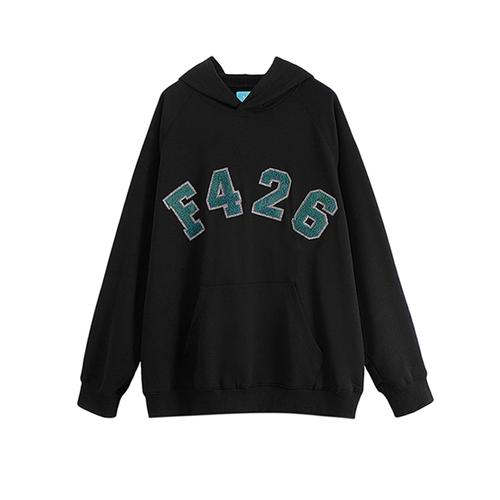The fabric thickness of autumn clothes is selected based on temperature requirements. Different temperatures require different fabric thicknesses to keep the human body comfortable and warm. The following will provide a detailed analysis of the fabric thickness to adapt to different temperature requirements.
First of all, for higher temperatures, we can choose thin and breathable fabrics. These fabrics are usually thin and breathable fiber materials, such as cotton, linen, modal, etc. These fabrics help dissipate heat and sweat, providing a cooler feel. At the same time, lightweight fabrics are also more breathable, allowing air to circulate and preventing excessive heat from accumulating around the body.
Secondly, for lower temperatures, thicker fabrics can provide better thermal insulation. Fabrics of moderate thickness can maintain warmth while maintaining appropriate breathability. Common thick fabrics include wool, down, velvet, etc. These fabrics have very good thermal insulation properties and can effectively block the intrusion of cold outside air while also keeping the body warm.
In addition, there is a fabric that can adjust the thermal insulation effect according to changes in temperature. This is called “smart fabric”. Smart fabrics use modern technology and material technology to automatically adjust the thickness and thermal performance of the fabric according to changes in ambient temperature. When the temperature is low, the smart fabric will automatically increase the thickness of the fabric to provide better thermal insulation effect; when the temperature is high, the fabric will automatically become thinner to provide appropriate breathability and comfort.
It should be noted that when choosing the thickness of clothing fabrics, in addition to considering the temperature, other factors should also be considered, such as personal physique, activity intensity, and wearing style. wait. At the same time, climatic conditions in different regions and seasons will also affect the choice of fabric thickness.
In summary, the thickness of the fabric should be selected according to the temperature requirements, combined with personal preferences and physical characteristics. Lighter fabrics are suitable for higher temperatures, and thicker fabrics are suitable for lower temperatures. Smart fabric is an innovative fabric that can automatically adjust according to temperature changes. Choosing the right fabric thickness can provide a comfortable wearing experience while meeting the need for warmth in different temperatures.






